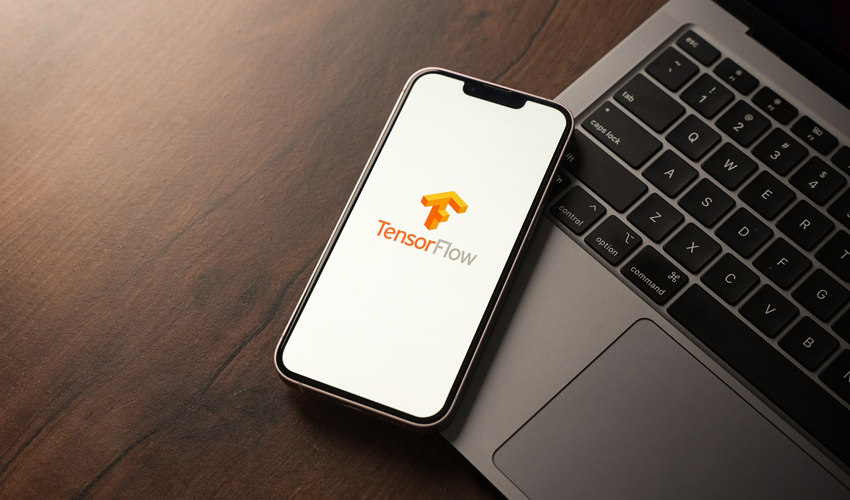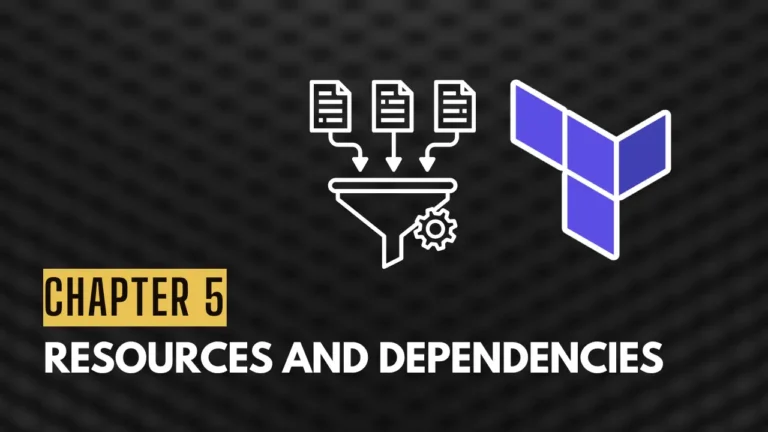
Machine Learning (ML) stands as one of the most revolutionary technologies of our era, reshaping industries and creating new frontiers in data analysis and automation. At the heart of this transformation is TensorFlow, Google’s open-source platform that has become synonymous with machine learning. This article explores TensorFlow’s capabilities within the robust and flexible environment of Ubuntu, a popular operating system known for its stability and performance.
Machine Learning, a subset of artificial intelligence, involves the use of algorithms that enable computers to learn from and make predictions or decisions based on data. This field has applications ranging from voice recognition and language translation to medical diagnosis and stock market analysis.
Developed by the Google Brain team, TensorFlow is a powerful library for numerical computation and machine learning. Its ability to process large-scale data and perform complex calculations has made it a go-to choice for professionals and enthusiasts alike.
Ubuntu, a Debian-based Linux operating system, offers a perfect platform for machine learning tasks. Known for its ease of use, robustness, and extensive community support, Ubuntu pairs seamlessly with TensorFlow, providing a reliable environment for ML projects.
Getting Started with TensorFlow on Ubuntu
System Requirements
To run TensorFlow efficiently, your Ubuntu system should meet certain specifications. These include a compatible 64-bit processor, sufficient RAM (at least 4GB recommended), and enough storage space for datasets and applications.
Installing TensorFlow on Ubuntu
Using pip – TensorFlow can be installed via pip, Python’s package installer. This method is straightforward and ideal for most users. Open your terminal and run:
pip install tensorflow
Using Docker – For those preferring containerization, TensorFlow can be installed using Docker. This method ensures TensorFlow runs in an isolated environment, avoiding conflicts with other packages.
docker pull tensorflow/tensorflow
Verifying the Installation
After installation, verify TensorFlow by running a simple program that imports the TensorFlow library and prints a version statement.

